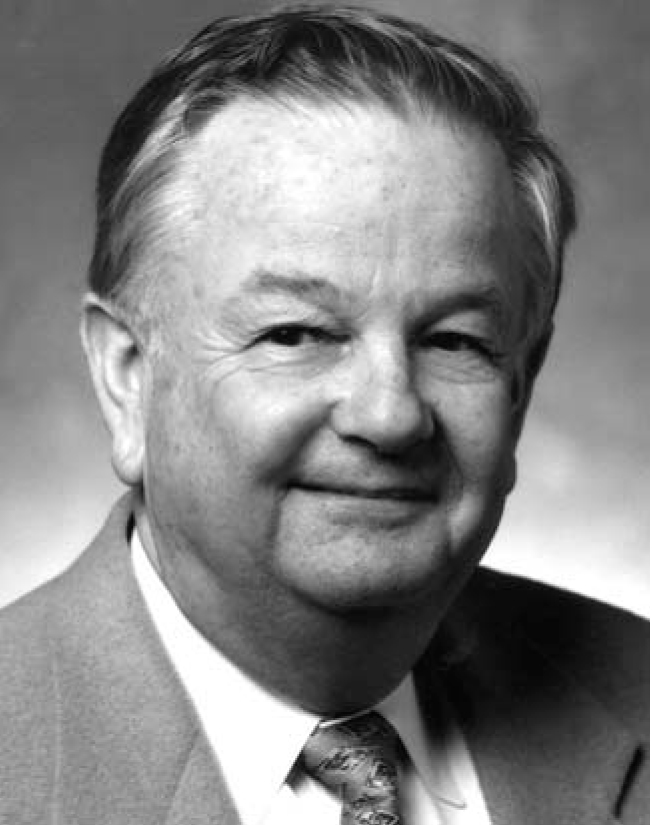William Craig Reynolds
DOI: 10.1063/1.1955501
William Craig Reynolds died of a malignant brain tumor at his home in Los Altos, California, on 3 January 2004, after 53 years at Stanford University. He was an undergraduate student, a graduate student, and a professor of mechanical engineering at Stanford. His main interest was in turbulent flow, but he worked in nearly all branches and extensions of fluid mechanics, and used experimental, theoretical, and computational methods with equal facility.
Born on 16 March 1933 in Berkeley, California, Reynolds obtained his BS (1954), MS (1955), and PhD (1957), all in mechanical engineering, from Stanford. His doctoral dissertation, cosupervised by William Kays and Stephen Kline, was entitled “Heat Transfer in the Turbulent Incompressible Boundary Layer with Constant and Variable Wall Temperature.”
Reynolds was appointed assistant professor in the Stanford mechanical engineering department immediately after finishing his PhD, a rapidity that few could equal. Apart from three sabbaticals, he spent the rest of his career at Stanford, nominally (but not actually) retiring a year or so before his death. Six weeks before he died, he participated in the examination of the last of his more than 40 PhD students.
One of Reynolds’s enduring interests was turbulence modeling, the development of approximate methods of calculating fluid turbulence that are simple enough for everyday use. He was one of the founders of the NASA Ames/Stanford Center for Turbulence Research. His first, elegantly simple, model was developed with student Eric Hirst in the mid-1960s, when computers were too slow for elaborate calculations, His last model, conceived a few years before his death, is still being developed by two of his former students.
Not above initiating and participating in “fun” projects, he was noted for his spectacular blooming jets project. Manipulation of the jet orifice produced vortex rings whose mutual repulsion turned the jet into something that looked remarkably like a rapidly growing rose bush. Besides being fun, that mechanism was an effective way of augmenting jet mixing.
The list of titles of research programs—not merely individual investigations—in which he participated occupies more than six lines of small print in his curriculum vitae. He wrote or collaborated on hundreds of scientific papers and several books, including the highly innovative textbook Thermodynamics (McGraw-Hill, 1965). He won teaching awards from the American Society of Engineering Education, the Society of Women Engineers, and Tau Beta Pi.
Reynolds’s great enthusiasm and research infected his students and colleagues. In addition to being an outstanding research scientist and teacher, he has been described as “a classic do-it-yourself person” in the great tradition of American engineering. He frequented the department workshop on weekends to work on some piece of hardware, academic or domestic. He designed and supervised the building of his home, the air-conditioning system of the Center for Turbulence, and the air cannon (impulse horn) used to signal touchdowns at the university’s football games. As in his research work, “supervised” meant “played a large part in.”
Latecomers to Reynolds’s memorial service in the Stanford church had to stand at the back; an estimated 700 people attended. An unknown hand has inscribed Reynolds’s initials on wet concrete at the entrance to the building where he worked for many years. His scientific reputation will doubtless outlast the concrete.


More about the Authors
Peter Bradshaw. Stanford University, Stanford, California, US .
